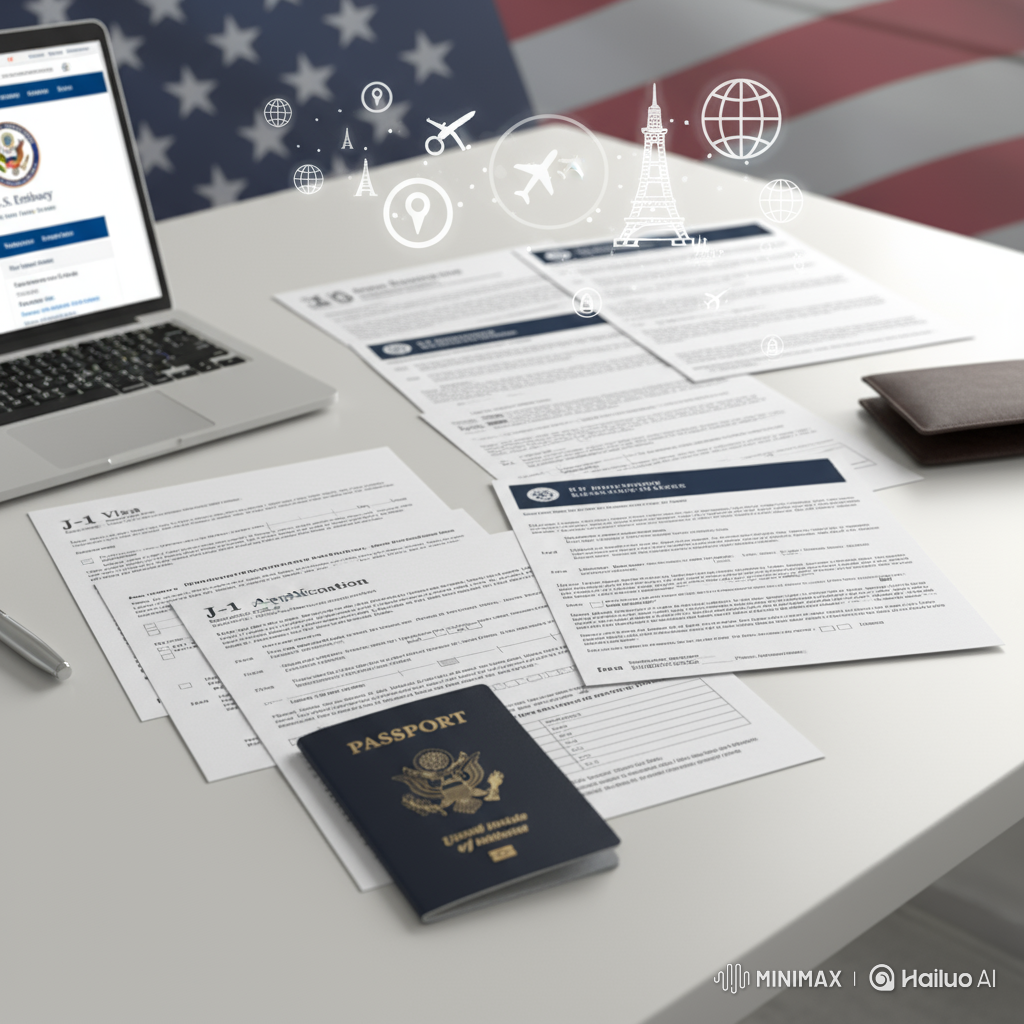Introduction
Choosing where to study abroad is both exciting and overwhelming. With so many amazing countries to pick from, how do you know which one is right for you?
When I prepared for my own exchange program, I spent weeks comparing destinations — culture, cost of living, language, climate, and lifestyle. I realized that the “best” country isn’t the most popular one, but the one that matches your goals and personality.
1. Define Your Purpose
Before looking at maps or photos, ask yourself:
- Do I want to learn a language?
- Earn academic credits?
- Experience a specific culture?
- Prepare for a future career path?
For example:
- If you want language immersion, go for Spain, France, Japan, or Brazil.
- If you’re focused on career connections, countries like Germany, Canada, and the U.K. have strong internship programs.
- For volunteering or cultural exposure, Latin America and Southeast Asia are rich with opportunities.
2. Consider Language and Communication
If you want total immersion, choose a country where English isn’t the main language.
It’s the fastest (and hardest) way to become fluent.
However, if language barriers make you nervous, consider countries where English is widely spoken (Netherlands, Sweden, Ireland, Singapore).
💡 From experience: My host country didn’t speak much English at all, but those early awkward moments forced me to learn quickly — and it became one of the most rewarding parts of the journey.
3. Evaluate Academic Systems
Every country’s education system has its quirks:
- In the U.K., grading is strict but structured.
- In Australia, classes are flexible and outdoorsy.
- In Japan, academic culture emphasizes respect and precision.
Research how credits transfer back to your U.S. school. Ask your academic advisor before applying, to avoid surprises later.
4. Cost of Living and Scholarships
Budget plays a huge role in choosing a destination.
Compare tuition, housing, meals, and travel costs — and don’t forget exchange rates.
| Region | Average Monthly Cost (USD) | Notes |
|---|---|---|
| Western Europe | $1,200–$1,800 | Higher rent but many scholarships |
| Eastern Europe | $800–$1,200 | Affordable and safe |
| Latin America | $700–$1,100 | Great for cultural immersion |
| Asia (Japan, Korea) | $1,000–$1,500 | Varied costs depending on city |
| Oceania | $1,200–$2,000 | Expensive but high quality of life |
5. Safety and Lifestyle
Always check travel advisories on travel.state.gov.
Beyond safety, think about:
- Climate (cold winters vs. tropical heat)
- Food culture
- Transportation options
- Religion and social norms
These factors shape your daily life more than you might expect.
When I studied abroad, I chose a smaller city instead of the capital — it turned out to be the best decision, offering deeper community ties and fewer distractions.
6. Cultural Fit
Some students love big-city energy, others prefer small-town charm.
Research local attitudes toward foreigners, student life, and cultural activities.
Tip: Join online forums or Facebook groups of current exchange students to get honest opinions about daily life in your target country.
Conclusion
Choosing the right destination is about balance — between adventure and comfort, affordability and experience, culture and academics.
Don’t chase the trendiest country; choose the one that fits your purpose and heart.
From my own journey, the perfect destination wasn’t the easiest or the cheapest — it was the one that made me grow the most.

